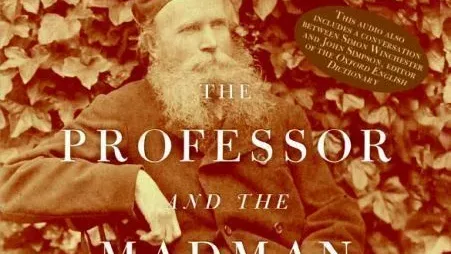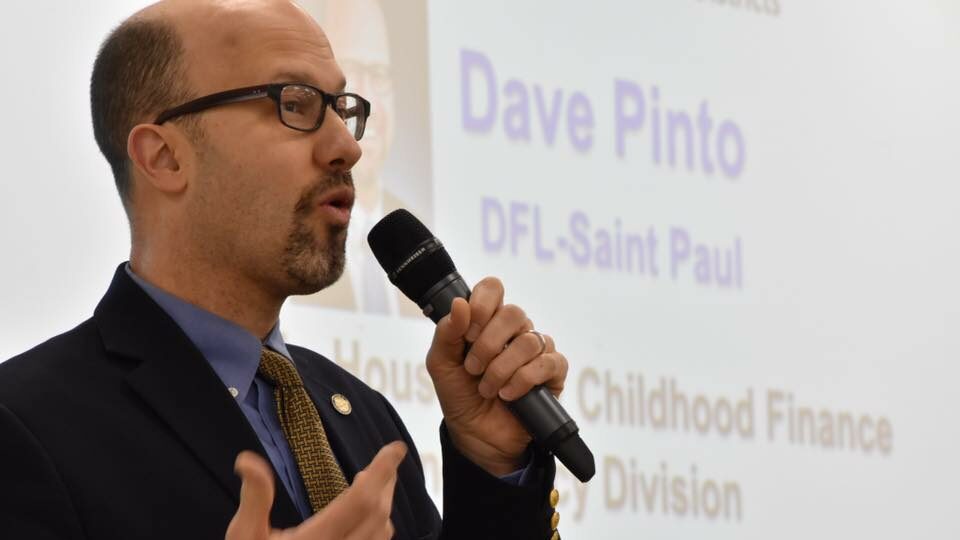Bea’s Books
What does a murderer and the editor of the Oxford English Dictionary have in common? Well, everything, according to Simon Winchester.
Earlier this summer, a Community Reporter reader kindly sent me “The Professor and the Madman: A Tale of Murder, Insanity and the Making of the Oxford English Dictionary,” by Simon Winchester. Immediately, it struck me as something new and extremely interesting. As I began reading, I found that its lexicographical theme drew parallels with a book I have previously reviewed (“Righting the Mother Tongue: From Olde English to Email, the Tangled Story of English Spelling”) and took it as a sign that my journey with English lexicography was not quite finished.
Although there had been previous attempts at a dictionary, the OED’s sheer scale, in retrospect, is nearly incomparable. James Murray, a man that had amassed a great deal of philological knowledge, was appointed in 1879 to edit “The New English Dictionary on Historical Principles,” a project that would later be known as the Oxford English Dictionary.
Now, onto the doctor-turned-murderer. William Chester Minor, after obtaining a degree with a specialization in comparative anatomy from Yale Medical School in 1863, went on to practice medicine in a time where wars were “fought with the mortar and the musket and the minié ball, but not yet quite with anesthesia or with sulphonamides and penicillin,” Winchester says, emphasizing the conflict of modern warfare and the medical practices that could not keep up with it. In the summer of 1868, after the Civil War had ended, Dr. Minor’s already worrisome mental state took a turn for the worse, and, four years later, a man was dead, Dr. Minor the sole culprit. Dr. Minor was then admitted to Broadmoor Criminal Lunatic Asylum, where the delusions that had begun years before continued, Minor claiming people broke into his room nightly, causing him a host of repulsive delusions.
James Murray’s call for volunteers to help the great dictionary effort eventually reached Dr. Minor at Broadmoor, prompting him to become an unlikely ally. Dr. Minor had quite a bit of free time and a knack for reading, dedicating himself to the effort and becoming one of the most valuable contributors to the OED. In a particularly powerful passage, Winchester describes the overlap of Murray and Minor, writing: “…pinioned as each was among great stacks of books, single-mindedly devoted to learning of the most recondite kind, each man’s only outlet his correspondence, in great daily storms of paper and floods of ink.”
The intertwining of one of the seemingly most tedious undertakings and a convicted murderer is a topic I never expected to find myself mixed up in, yet I found it a lovely addition to my own lexicographical journey. I do think Winchester could have mapped out the story more chronologically. It was a bit of a struggle to create a synopsis because the story skips up and down the timeline quickly and without much warning. I also think it could have done without some of the historical interludes that merely added more timeline confusion.
All in all, this was such an interesting and unexpected read. Whether you have found yourself caught in the curious web of the English lexicon, wondered incessantly about the origins of the OED (as I know you have), or simply enjoy reading well-researched books about historical events, this book is for you.








Leave a Reply